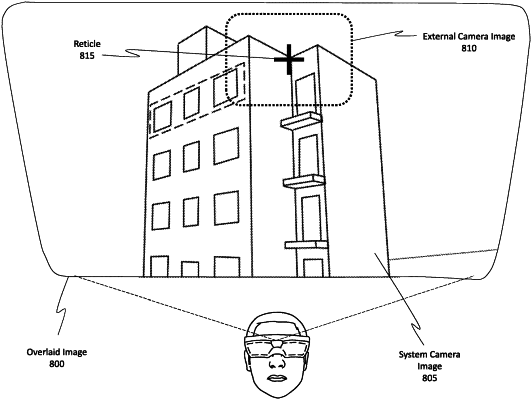| CPC G02B 27/0172 (2013.01) [G06F 3/012 (2013.01); G06F 3/017 (2013.01); G06T 7/248 (2017.01); G06T 7/337 (2017.01); G06T 19/006 (2013.01); G02B 2027/0138 (2013.01)] | 20 Claims |

|
1. A system that updates a position of a bounding element included in an overlaid image, said system comprising:
at least one processor; and
at least one hardware storage device that stores instructions that are executable by the at least one processor to cause the system to:
access a first camera image of an environment, the first camera image being generated by a first camera having a first perspective view of the environment;
access a second camera image of the environment, the second camera image being generated by a second camera having a second perspective view of the environment, wherein, despite the first perspective view of the environment being different from the second perspective view of the environment, first content of the first camera image reflects a same portion of the environment as is reflected in second content of the second camera image;
generate an overlaid image by aligning and overlaying the second content onto the first content, wherein the second content is surrounded by a bounding element in the overlaid image; and
based on data indicating that at least one of the first camera or the second camera has undergone a movement, compensate for the movement by shifting the bounding element to a new position in the overlaid image.
|